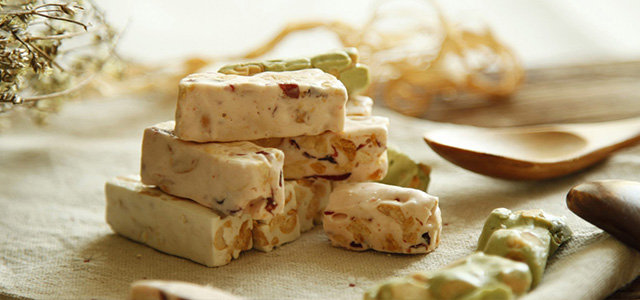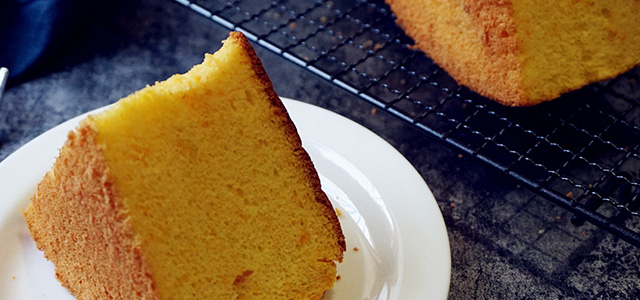PRODUCT APPLICATION
Quality and service are the core competitiveness of Aeros. All our services aim to achieve a common goal: maintain stable production and maintain high productivity of equipment in the service cycle.
Chocopie Production line tells the knowledge of distinguishing the pros and cons of chocolate
How much do you know about chocolate distinguishing the pros and cons? Follow the editor of Chocopie Production line to have a simple understanding!
1. Knock it on the table, the quality of high-quality chocolate is harder and crispy in your mouth.
2. Open the package and look at the chocolate with good quality. Its distinctive appearance is bright brown. The dull and dull chocolate is due to poor production technology or poor quality, while the inferior chocolate has almost no luster and is very rough in appearance, and even cracks.
3. Smell. High-quality chocolate has a rich and unique aroma. In order to supplement and enrich this aroma, other aroma-producing materials are often added to chocolate, such as milk powder, milk fat, malt, almonds, and flavored dairy products. If the aroma of chocolate is weak, the quality is poor.
4. Taste. The composition of various materials produces a comprehensive taste of chocolate. This taste largely depends on the cocoa butter in the cocoa. The theobromine and caffeine in cocoa butter bring a pleasant bitter taste, and the tannins in cocoa butter bring a slightly astringent astringency. Sugar is the basis of sweetness, and at the same time it plays a role in regulating the taste, making the bitter, astringent and sour taste of cocoa delicious. If it has a rancid and musty taste, it is a poor quality chocolate.
5. Smooth texture is one of the important characteristics of chocolate. This feature needs to be identified by the tongue. The fineness and smoothness of chocolate is determined by the fineness of the raw materials of the chocolate. Different fineness substances exert different pressure on the tongue, and therefore produce a feeling of thickness. In addition, whether it is delicate and smooth is also a factor to measure the processing accuracy.
The above is the editor of Chocopie Production line: a brief introduction to the knowledge of distinguishing the pros and cons of chocolate.







